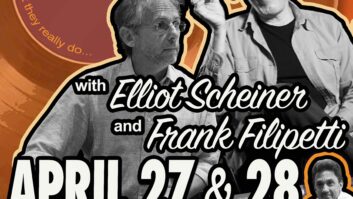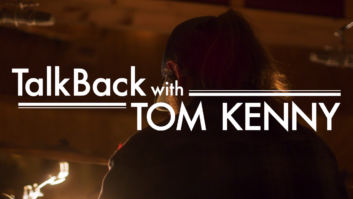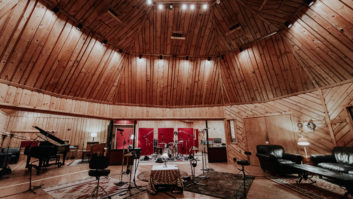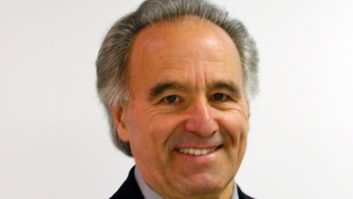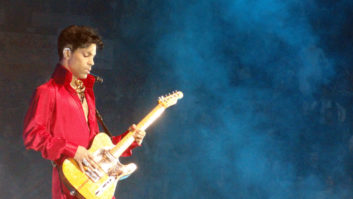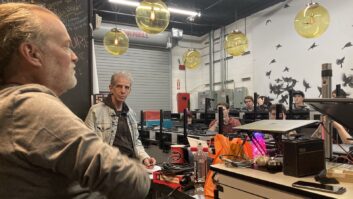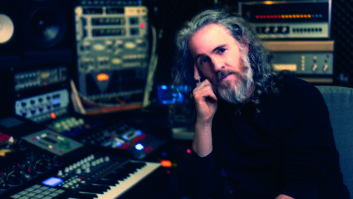When Power Station New England opened back in 1995, two-and-a-half hours east of New York City in the bucolic seaside town of Waterford, Conn., the music and recording industries were in a much different place. The original Power Station on West 54th St., one of the best-known studios in the world, was still a year away from being sold to Avatar Entertainment. Multiroom commercial studios still reigned from Los Angeles to Nashville to New York City and everywhere in between. DAWs were in their infancy. The internet was just going mainstream. Napster was still years away.
The recording industry was booming, so it didn’t inspire that much interest when an unknown company, one not even in the entertainment world, licensed the original design and naming rights from Tony Bongiovi and Bob Walters for the famed Studio A, and went about building a board-for-board replica. Just another outsider trying to buy their way into the game, many thought. Who’s going to go to Connecticut to record?
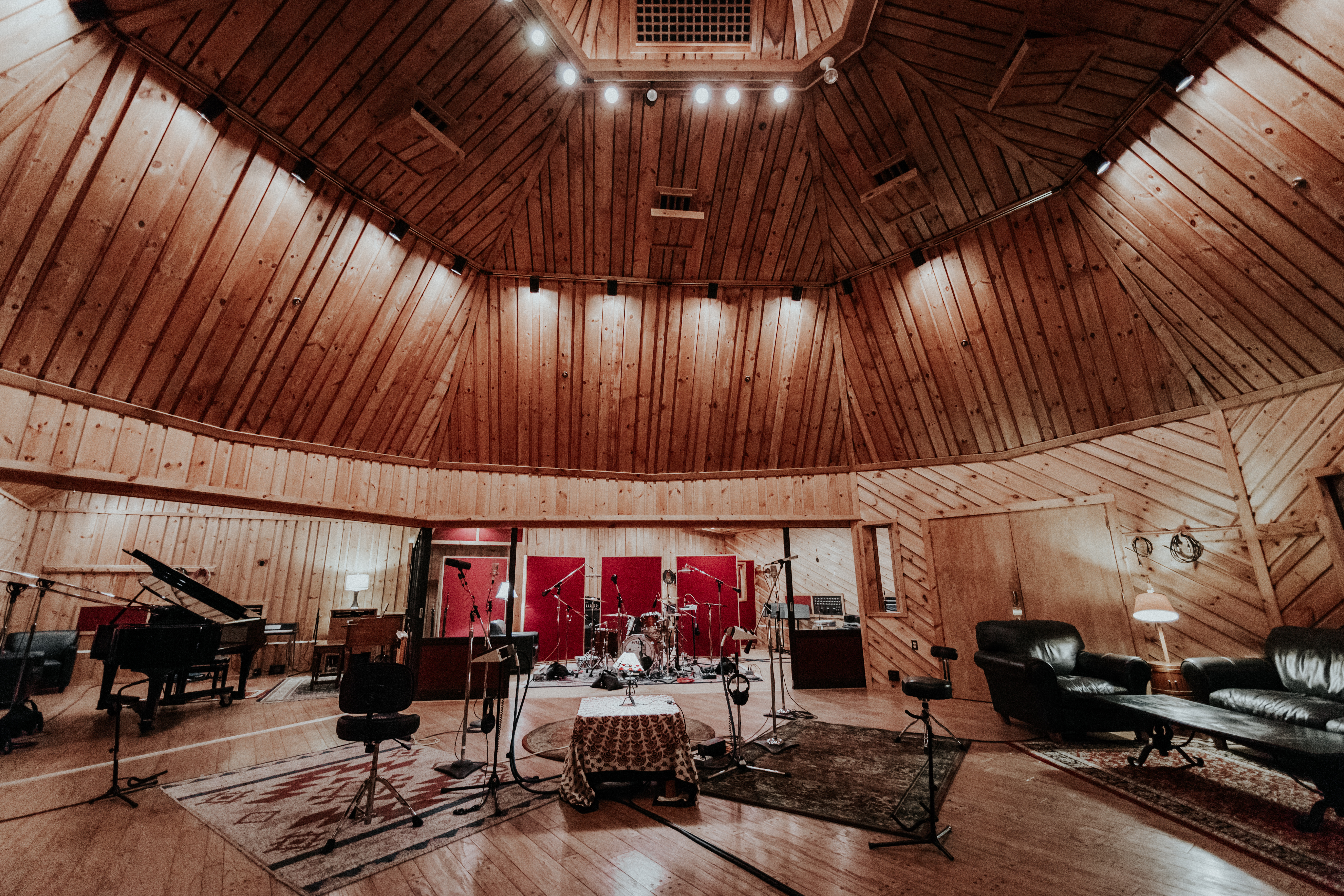
In one sense, the cynics were right. Even the owners would admit that the studio didn’t get used to its potential over the years. The reason, albeit with the benefit of hindsight, turned out to be that the timing was wrong, even during the boom-boom 1990s. It seems odd, and a bit counterintuitive, but now that the production climate has changed, and many large facilities have been forced to close from a variety of pressures, the powers behind Power Station New England decided that the time was right to rethink, revamp and essentially reopen their facilities, 22 years after their debut.
Related: Power Station New England Celebrates Grand Rebirth, Mix, Dec. 12, 2017
To understand why PSNE decided to zig when others have zagged, or why in 2017 they put down a relatively large investment in a nearly 40-year-old console, new-old outboard gear, a closetful of mics and a complete wiring makeover, it helps to understand something about the company behind the facility: Sonalysts.
People build and run studios for any number of reasons. Many are musicians, others come from the entertainment side, a few have straight business backgrounds, and a handful simply have very large checkbooks. All are valid. But you’d be hard-pressed to find another studio whose roots can be traced back to underwater acoustic research and advanced sonar training and simulations. Or to a founder who was commander of a submarine and who had a knack for gathering the best and the brightest of his colleagues, then pulling the best out of them. The U.S. Navy is big in and around eastern Connecticut, and Sonalysts founders Dave and Muriel Hinkle had a lot of talented friends nearby when they formed the company in a backyard cottage back in 1973. Today, roughly 350 people work for the employee-owned company in locations throughout the United States.
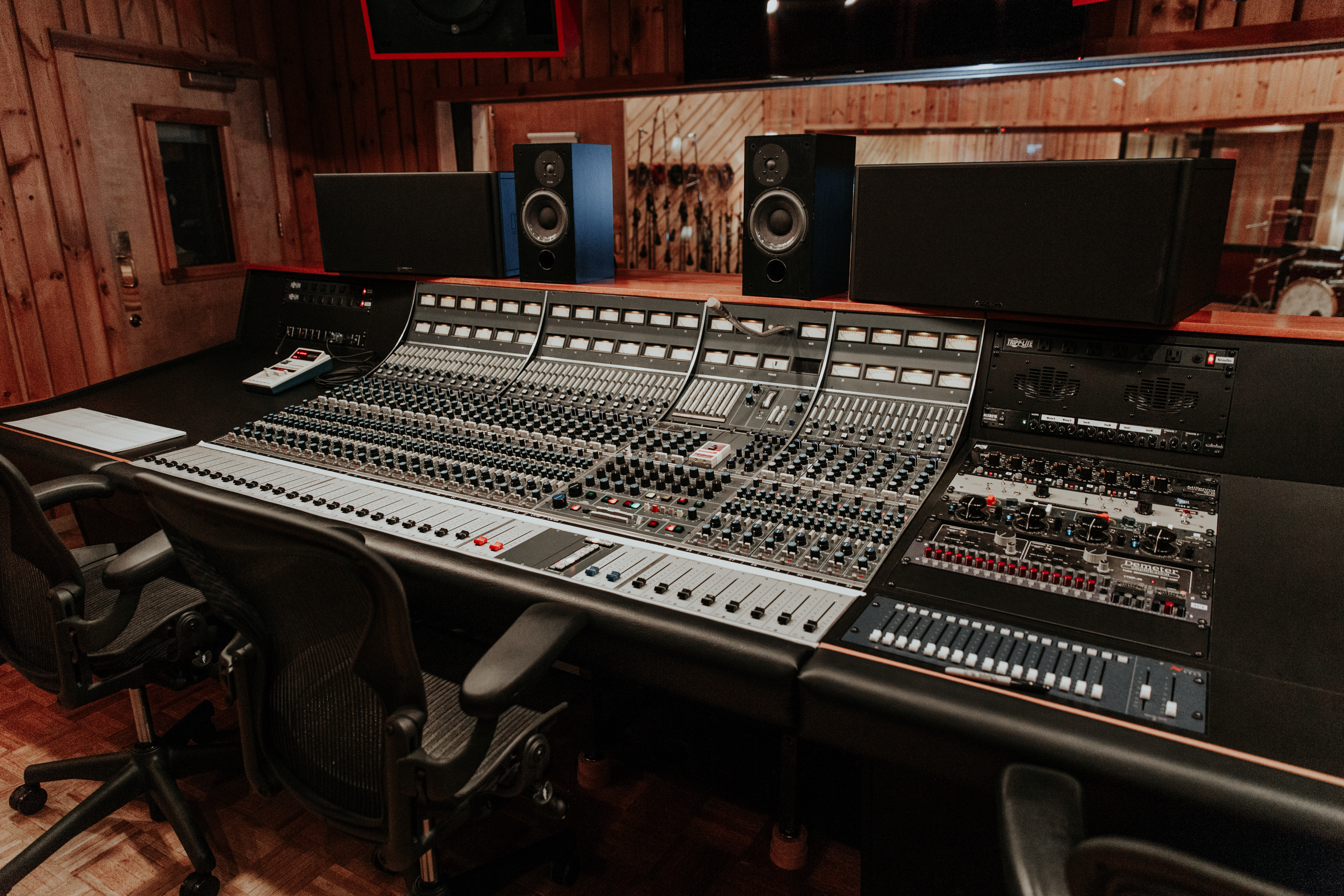
“It was meant to be an interim thing,” says Eric Toriello, vice president of Sonalysts Media and son of one of the early employees. “Dave Hinkle was a lawyer. Muriel had a sense for business. They liked working together and doing work that actually meant something. They brought together so many good people from all around the community. Many of them served together on the same submarines. It was a dynamic work environment, with some very smart people.”
Related: Billy Gilman Records at Power Station New England, Mix, Jan. 16, 2018
At its inception, Sonalysts had a single client—the U.S. Department of Defense—and its focus was on research and analysis in underwater acoustics, soon adding contracts for simulation and training. But there had always been plans for a diversified company based around a creative think tank–like organization, and long before the Cold War ended, Sonalysts had expanded its real estate investments, nudged its way into the commercial world and entered audio/visual production in a small way. In 1989, the Pentagon called and said that they had received an inquiry from Disney, asking whether they had any expertise in underwater sounds.
Sonalysts Media
“The sound team working on the movie The Hunt for Red October came out here, and they asked for help with sounds for some of the special sound effects,” Toriello says. “Then the following year it was up for an Oscar in sound, and they won! For the first foray into the commercial media world, it’s a nice tip of the hat to the guys who did the work. Internally, it was pretty cool.
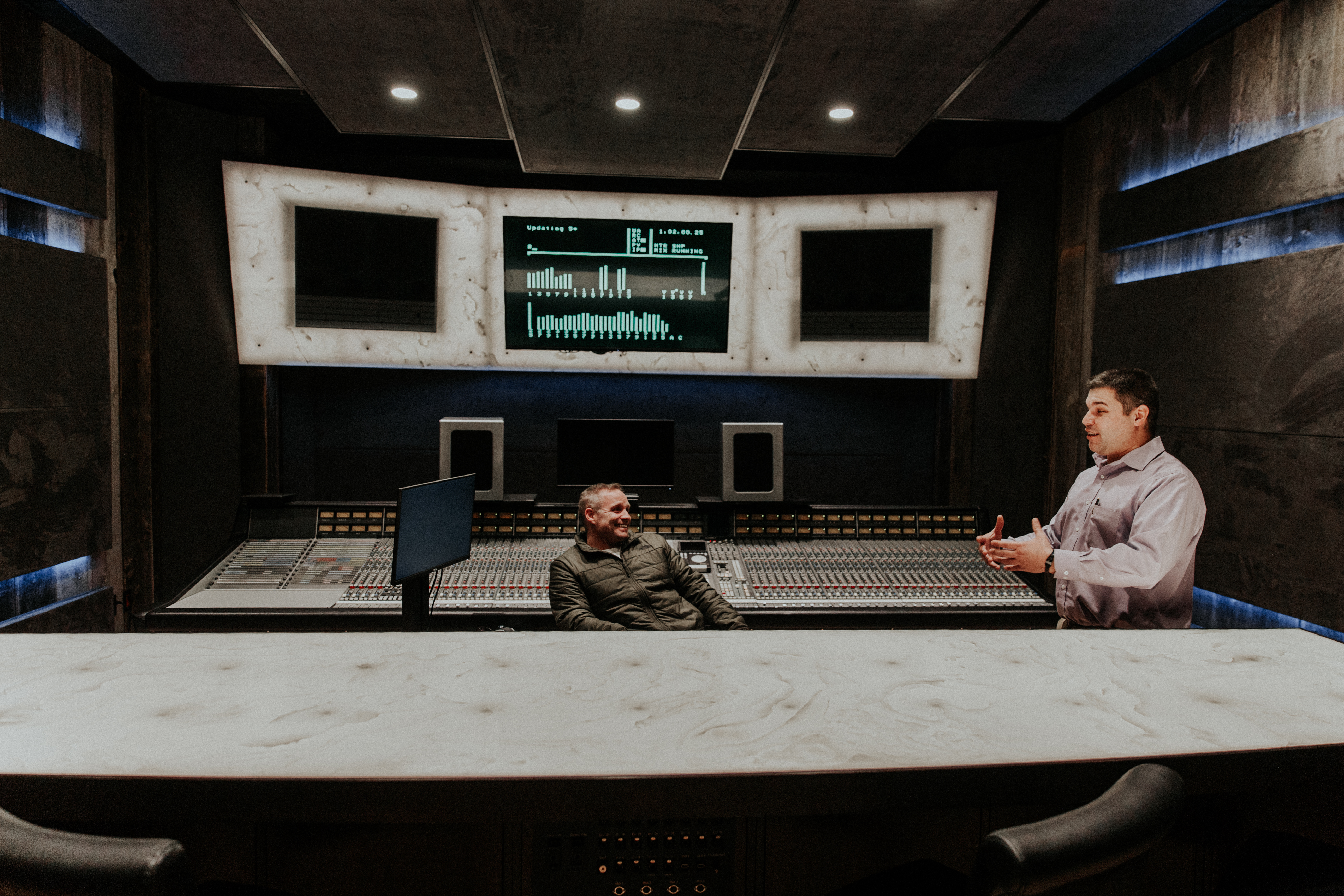
“Then at the same time ESPN had located to Bristol and needed some edit suites, so they started to build some out here,” he continues. “In parallel, Electronic Arts hired us to create a submarine-specific, scenario-based game for them. We took the media creatives and put them in a room with submarine guys. We set them up and made the most advanced simulation game ever made. The DOD later took a look at it and modified it for training.
“From there, we even got into developing a game that had our own game engine. We’re developing things that aren’t narrow-use. Today, we are very steeped in virtual reality, augmented reality and human factors, all of which play into next-generation decision making and immersive experiences. It can have a DOD angle, but also consumer aspects.”
Related: Vintage King Restores Neve 8068 for Power Station New England, Mix, July 18, 2017
For most of those early years of Sonalysts Media, Toriello was a kid hanging out sweeping floors, then pitching in during breaks from school, learning about being on a crew. He left for L.A. right after college to pursue a passion for film, finding some success as a production manager and line producer, living the good life. Then, talking to his mom one day and hearing the peeper frogs in the background, he decided it was time to come home.
Some freelance years followed, then a number of “great years” at Hasbro, the toy manufacturer in nearby Pawtucket, R.I.—all the while he kept tabs on what was going on with the media side of Sonalysts. He eventually approached the board in 2014 and suggested the types of changes that would bring him back, specifically, reordering the creative teams to bring different disciplines together and remapping the workflow to take advantage of new technologies.
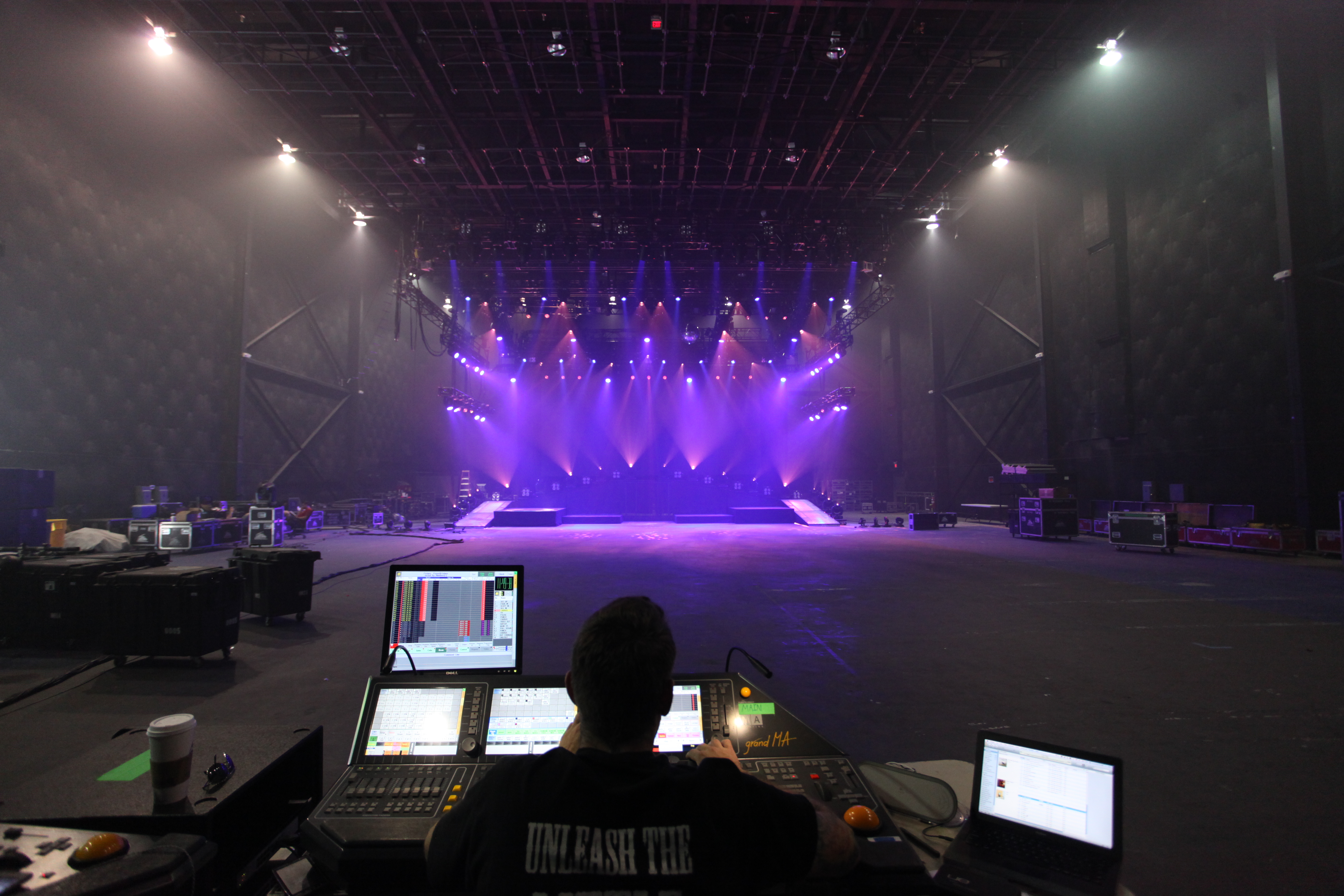
“I wanted to bring the types of clients who appreciated the difference between a project that is 80 percent there and something you might see on television, something that might win awards,” Toriello says. “So I presented to the company leadership and showed them a reel of the type of work I’d done and what I envisioned for the company. They said, ‘Let’s do this.’ So we reinvented the workspace to an environment where animators, motion graphics designers and editors can all sit in the same room with a producer right there. Our rooms aren’t defined by a discipline—the rooms are defined by the project. There’s a synergy that happens there, and it has proved hugely creative and efficient. Then as soon as we had the video side in place, we turned to audio.”
Studio Makeover
Without question, the live room and control room were solid. But the Neve VR, the wiring, the mic collection, the upkeep—it was all getting a little long in the tooth. It wasn’t the type of studio backbone that made producers want to jump on a plane or drive a few hours up I-95. So Toriello started polling top engineers about their wish lists, and it always came back to an 80 Series Neve.
“We challenged Vintage King to find us a board with a pedigree, and they delivered,” he says, noting that it was originally purchased by Electric Lady Studios back in the late 1970s, then housed for a while at Pachyderm. “It needed some love, for sure, but VK rose to the occasion and we ended up with a classic 8068, with Ed Evans mods. Now we have the heart of a facility, tied into an amazing room, and we start to have a draw.”
Related: Vintage King Revives Classic Neve 8068 for Power Station New England, Vintage King website
Ed Evans, one of the techs from the original Power Station, was brought on to consult and to supervise large portions of the revamp, from the installation of the Neve to a complete rewiring of the facility using all Redco cables. He then helped to build a new SSL mix room and install a 4056 G-Plus board, with Genelec 1031 and PMC IB2S monitoring. He continues to lend his hands and ears.
Still, a studio doesn’t exist without people, and Toriello knew that he needed a producer/engineer with some passion to champion the space. At the time, Evan Bakke had been bringing a few projects there, knew the room, was following the remodel and had even docked his mix rig in a spare production room. Toriello proposed a deal that encouraged him to keep working on his own projects. Bakke said yes.
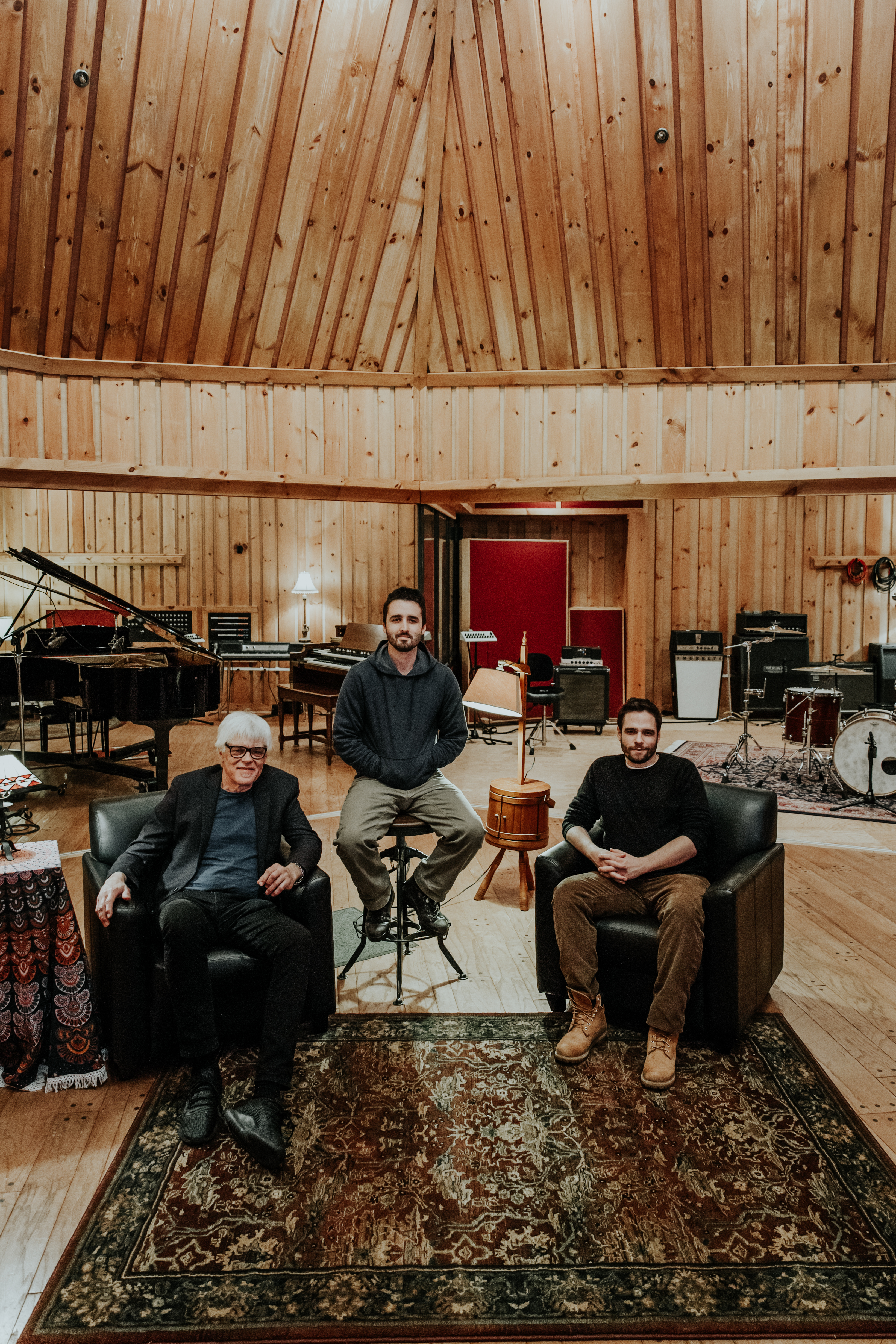
Bakke is an old-soul engineer in a young man’s body. His father introduced him to The Band, and he still blasts Little Feat. Having spent his teen years outside of Minneapolis, he attended IPR recording school, then interned and was hired on by World Record Productions at age 19, mentored by engineer James Harley and producer Matt Kirkwold. The first record he worked on with WRP start to finish, by a local band called Quiet Drive, had a song go gold. He gave up his girlfriend, his friends, and became a studio rat.
He went east a few years later and did some work at Carriage House in Stamford, Conn., and all around New England, then went full nomadic for about 10 years, with brief stints in South America, Nashville, back to New England, then back to Minnesota, where he stayed for 18 months working with Prince. In August 2015, newly married, he headed back to Connecticut. He had no job, but he brought some mixing work with him.
While doing odd projects and getting reacquainted with the area, he got a gig through one of Prince’s techs, who owns Atomic Instrument in Detroit and was building a console for Dan Auerbach to put in Electric Lady Studio D. “I went out there and helped them put that room together in early 2015,” Bakke says. “There I met Joe Blaney [pictured on the cover], who was coming in to record Bill Frissell in the studio. The manager asked me if I could help run that session, so I assisted Joe. That same day I met Phil Joly [also pictured on the cover], who was chief engineer at Electric Lady. At that point I didn’t know that Joe had worked for Prince and Phil had recorded Prince. We all found it out at the same time, and we became instant friends.”
Soon after that, another friend called and told Bakke that he should check out this place in Connecticut that was an exact replica of Avatar. Bakke was skeptical. “It didn’t sound right to me, like there wouldn’t be real wood on the walls,” Bakke recalls. “I was just visiting as an engineer who might bring projects. So I drove out there, walked in and it was just one of those moments where I thought right away, ‘Yep, this is a place I’d like to work.’”
The revamp was in progress, and Bakke became friends with Ed Evans and started bringing his own sessions there.
“I think they saw that I knew the room, that I was teaching people at their place how to use it, they saw the work I was bringing in, and I was getting along with the whole crew there,” Bakke says. “A job opened up and it was about as close to a dream job as I could ask for. They basically gave me the opportunity to continue building a career for myself and working on my craft, and they considered it one of the most important parts of this job.
“But I want to make it clear that the studio wouldn’t be functioning at the level that it is without Ed Evans,” Bakke adds. “He did an amazing job of combining traditional and modern recording techniques, taking the actual, fundamental mindsets of the amazing console, amazing room and the mics, and turning it into the perfect spot to record in 2018, or 2020.
“And then Redco rewired the entire studio. They’re a cable company and their cables are just as good as Mogami. And they’re amazing people. The owner himself and an assistant would come out and solder. They redid the patch bay, too, this massive patch bay, and it’s all perfect.”
The New Studio Model
Toriello and the team at Sonalysts have taken into consideration that relaunching PSNE is a long-term game. With a solid company behind the facility, Bakke has been given the latitude to extend the studio’s reach through his contacts, and to develop a foundation for the new studio model.
“It takes time to build a world-class facility,” Toriello says. “It has to develop over time as people get to know it and understand it. The company gets that, and Evan gets it. And it’s already paying off. The folks who are coming here and doing recordings right now—we haven’t seen this level of talent before. I see great records being made here, but that’s only a piece of it. We might do original songs for toy products, for commercials on broadcast television, original content for corporate work, audio for VR. Records are the passion, but there are other things that are immensely important, too.”
Still, nothing beats a full band, recording live, with two large iso booths open and everyone feeding off each other. A lot of great recordings have been made that way in a very short time, when the vibe is right and distractions are minimized. It’s the way Bakke likes to work, and he now runs a world-class studio that is made for musicians, made for bands.
“The first reaction when you walk in, whether a new artist or a veteran, is that you can’t believe how great it feels. It’s beautiful,” Bakke says. “The feeling is welcoming and encompassing. Then there’s the experience of actually doing a recording in the room, where it just makes you feel like you’re a better musician or engineer. And then, of course, you leave here and you want to come back.”
Right now, introducing producers and engineers to the space and everything it offers is Bakke’s primary objective, whether they’re working with a new band out of Brooklyn or an international act on tour between Boston and New York. Joly, who just won a Grammy for his work with Residente, recently brought in Alfonso Valez and his four-piece rock group, cutting three songs in three days. Bakke worked multiple days with The Voice runner-up Billy Gilman, flying in a band and cutting six songs. It might not be the three-month bookings of yore, but the energy remains the same.
And there is a whole lot yet to come. Tour rehearsals in one of the five soundstages, with full lighting truss and multicamera 4K shoots. Café-style, intimate performances streamed to Facebook fans from inside the studio. B-roll footage from the making of a record, handed off as the bus pulls away. There will no doubt be artist development.
The point is that PSNE is a destination studio, though the definition of a destination studio has changed. The two-month bookings are forever gone, but a heckuva lot can get done in a few days, or a week, when the band, producer and engineer are all in the same room. And if the tracks sound good, then they can be sent out that night, with video, direct to fans. That’s the new recording industry. And it sure makes a difference from inside a world-class studio.
